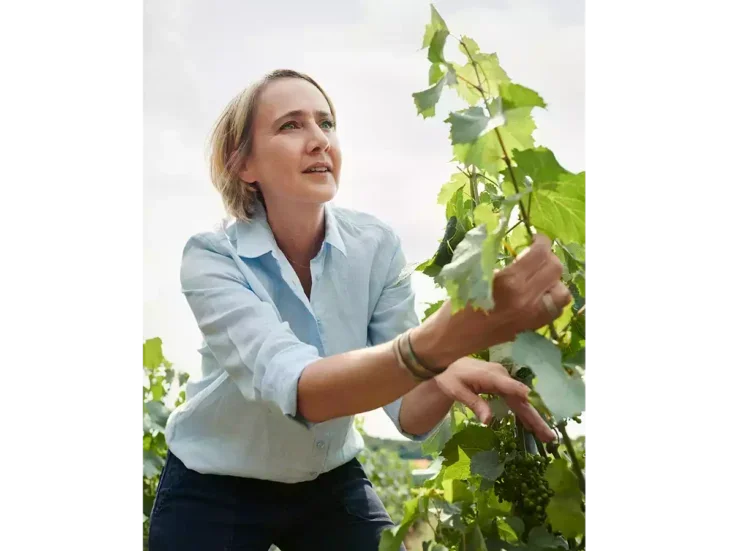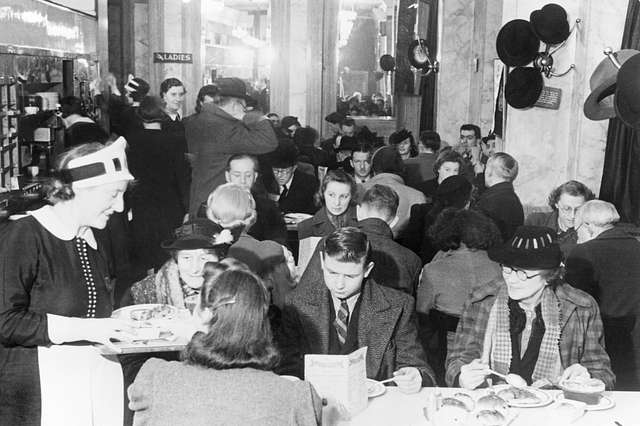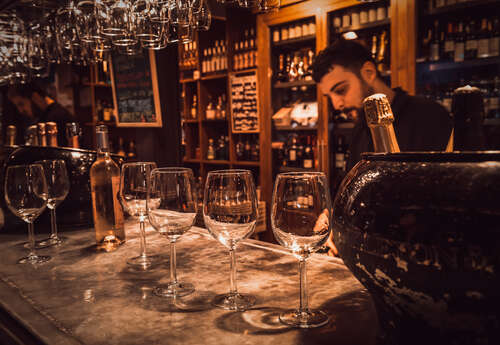Looking for the poetry in wine, I’ve tended to overlook the wine co-operative movement which has probably done more to enhance, or even save, the lives of small winegrowers all over the world than any other organizational idea.
I’m not proud of this prejudice—for that is what it is; I expect I will not surprise many of you with some of its components. Absent, in my mind, are fairy-tale-turreted châteaux or medieval monastic courtyards; the image is more of stained utilitarian concrete, both outside and in, stenciled letters on the walls (which could do with restenciling); an emphasis on a “lowest common denominator” approach rather than perfectionist attention to detail.
Wine co-operatives: Overcoming prejudice
My prejudice is not only discreditable but plain wrong. Some wine co-ops may be a little like that, still, but in a great many cases those dated ideas are a travesty of the current wine co-operative scene. For a start, the wine co-operative movement is not a relic of another era but remains a mighty force in the wine world. In 2015, just over half of all French wine was made in co-ops. In some regions, especially in the Rhône and farther south, that figure was closer to 70 percent.
If co-ops began, in the late-19th century, with the noblest of intentions and great success, as organizations to protect small growers and communities vulnerable to disastrous vintages, lack of higher education and information, loan sharks and other ills, they could not survive, in today’s world, simply by protecting producer interests with no thought to the consumer. The best of them today, to my mind, do an admirable job in serving the interests of both small growers without the capital and plant to make and market wine on their own and consumers looking for reliable quality, and beyond.
The wine co-operative: From Adige to Zahnacker
A good place to start is Trentino. In this northern Italian region, which encompasses parts of the Adige valley and the foothills of the Dolomites, the CAVIT co-op is responsible for more than 60 percent of all wine production. It comprises 5,200 members cultivating some 15,600 acres (6,300ha) of vineyards, in extremely varied terrain ranging from the Mediterranean-influenced shores of Lake Garda, through the flat Piana Rotaliana (home of Teroldego), to the high mountain terraces of the Dolomites. What results is far from a utilitarian uniformity. CAVIT helps its individual grower-members (many of them part-time winegrowers) through an innovative digital cartographic platform called PICA, which maps all the vineyards and provides constantly updated meteorological and soil-related information. This enables them to pick grapes at the ideal time and reduce vine treatments.
We are perhaps more in the realm of science here than poetry. But CAVIT’s top cuvées are made in small quantities and reach truly satisfying levels of quality; I would say, in the case of Brusafer Pinot Noir and Maso Toresella Chardonnay, they are even touched with poetry.
The great c0-ops of eastern France
Co-op wines in two French regions—Alsace and Champagne—can reach even higher. When Alsace’s first wine co-op, the Cave de Ribeauvillé, was founded in 1895, Alsace was part of Germany, which, thanks to the work of the credit union pioneer Friedrich Raiffeisen, was one of the original centers of the co-operative movement. (Another was Rochdale in northern England.) But the tangled and sometimes tragic history of Franco-German border disputes and wars seems less important now than the continuing validity of this profoundly fraternal model of wine production and marketing, combined with a genuine seeking for excellence.

The village of Ribeauville in Alsace was the home of France’s first wine co-operative in 1895. Photography by iStock / Getty Images Plus
Cave de Ribeauvillé owns the entire small walled vineyard of the Clos du Zahnacker in grand cru Osterberg. It is planted with Riesling, Pinot Gris, and Gewurztraminer and the tradition is to co-ferment the three varieties, producing a blend that combines steel and spice to lovely effect. Several other Alsace co-ops have grand cru holdings.
Your notion of Champagne may be dominated by grand (and estimable) houses bearing a family name—Bollinger, Taittinger, Pol Roger. Almost equally notable are the exceptional, quality-conscious co-ops of the region. Two in grand cru territory, one on the Côte des Blancs, the other on the Montagne de Reims, are Le Mesnil GC founded in 1937 and Mailly GC, established in 1929. Both offer serious grand cru quality at a price well below the most fashionable houses.
As fine by another name
But the very finest wines made under the aegis of a wine co-operative in Champagne are those that carry the name of Champagne Palmer & Co. Palmer arose from the foundation of the Société des Grands Crus de la Champagne by seven far-sighted growers in Avize in 1947. The Palmer brand was created the following year, and, especially in recent years, has acquired an enviable reputation for long-matured, complex, beautifully precise wines, in my view challenging the very best in the region. Among the 1,025 acres (415ha) of vineyards Palmer controls, the Montagne de Reims Chardonnays from Trépail and Villers-Marmery stand out for their firm minerality.
But there is an irony here. This exceptional product of the wine co-operative movement hides its origins. Search the glitzy Palmer website and you will find no mention of the word co-operative. This seems a shame, to put it mildly. Why should co-operation, the pooling of resources and skills, thinking in terms of a community or even entire region, be a dirty word? It’s true that much of the poetry of wine is highly individualistic, the work of inspired and obsessive mavericks; but there is also a collective wine poetry, the effort of many who will never be famous, but who tend their vines with as much care and love as an Angelo Gaja, an Alvaro Palacios, or a Frédéric Mugnier.






